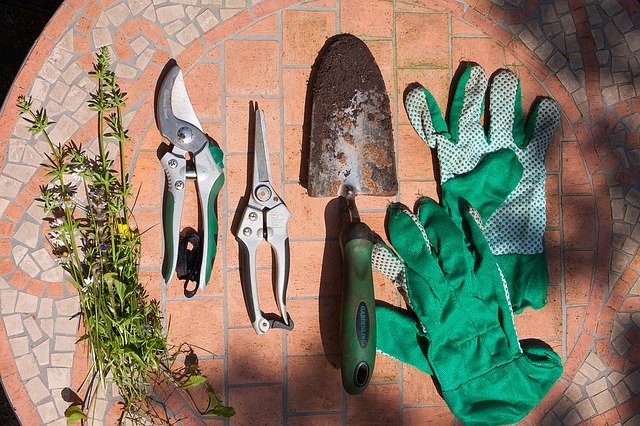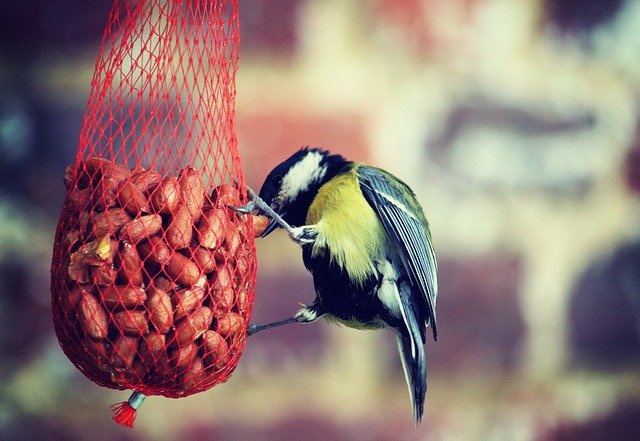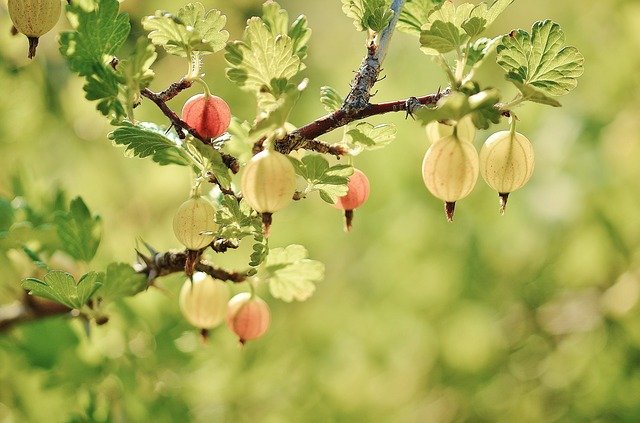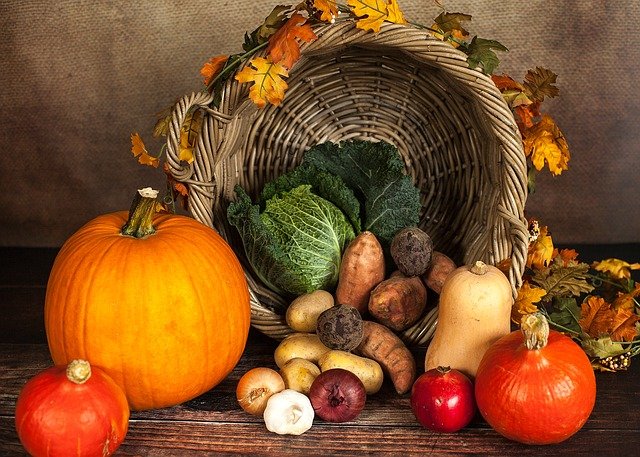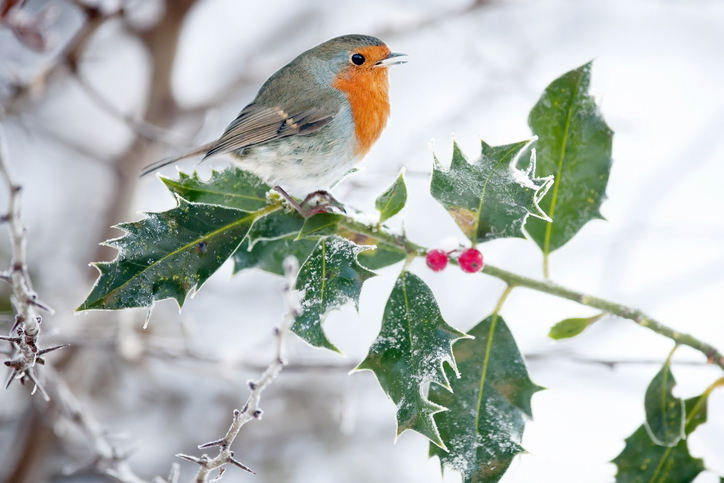March Gardening Jobs
Reading time: 5 minutes
Gardening jobs for March
March marks the beginning of spring, and your garden starts to come to life again. This is a busy month with plenty of tasks to prepare for the growing season. Here are the essential gardening jobs for March:
Feed your borders
Task: Apply fertiliser and compost to your borders.
Why: Feeding your borders enriches the soil, providing essential nutrients for healthy plant growth.
How: Use a balanced fertiliser and apply compost around the base of plants. Gently work it into the soil without disturbing plant roots.
Monitor pests in the greenhouse
Task: Keep an eye out for pests in your greenhouse or potting shed.
Why: As greenhouse plants start to grow, they can attract pests such as aphids and whiteflies.
How: Inspect plants regularly. Use organic insecticidal soap or introduce beneficial plants or insects like ladybirds to control pests naturally.
Deadhead bulbs and remove dead growth
Task: Deadhead bulbs and clear away dead growth.
Why: Removing spent flowers and dead growth encourages new growth and prevents disease.
How: Snip off spent flowers from bulbs like daffodils and tulips. Prune dead or damaged branches from trees, shrubs, and perennials.
Mow and rake the lawn
Task: Mow the lawn and remove winter debris.
Why: Mowing helps maintain a healthy lawn, and raking removes moss and other debris that accumulated over winter.
How: Set your mower blades to the highest setting for the first cut. Rake away the cut grass and any moss, leaves, or debris.
Harvest remaining winter crops
Task: Harvest any remaining winter crops.
Why: Prevents crops from rotting and frees up space for new plantings.
How: Harvest vegetables like leeks, Brussels sprouts, and kale. Check root vegetables for readiness and use them promptly.
Plant shallots, onion sets, and early vegetables
Task: Plant shallots, onion sets, and early vegetables such as cabbage, cauliflower, beetroot, celeriac, carrots, and turnips.
Why: Early planting gives these crops a head start in the growing season.
How: Follow spacing and depth guidelines for each crop. Ensure the soil is well-drained and enriched with compost.
Plant early potatoes
Task: Plant early potatoes if you haven't already.
Why: Early potatoes benefit from a longer growing season, resulting in a better yield.
How: Plant chitted potatoes in trenches or individual holes with the shoots facing upwards. Cover with soil and space them about 30cm apart in rows 60cm apart.
Sow indoor crops
Task: Sow tomatoes, chillies, and cucumbers indoors.
Why: Starting these crops indoors extends their growing season and protects them from early spring frosts.
How: Use seed trays or small pots filled with seed compost. Keep them in a warm, bright location and water regularly.

Additional March gardening tasks
Prune early-flowering shrubs
Task: Prune early-flowering shrubs after they have finished blooming.
Why: Pruning encourages healthy growth and improves the shape of the shrubs.
How: Use sharp, clean secateurs to remove spent flowers and any dead or crossing branches.
Divide perennials
Task: Divide overcrowded perennials.
Why: Dividing perennials rejuvenates plants, promotes better flowering, and allows you to propagate new plants.
How: Dig up the entire clump, carefully separate the roots, and replant the divisions immediately.
Prepare seed beds
Task: Prepare seed beds for direct sowing.
Why: Well-prepared seed beds ensure better germination and healthier seedlings.
How: Clear the area of weeds and debris. Work in organic matter and rake the soil to a fine tilth.
Clean and maintain garden tools
Task: Clean and maintain garden tools.
Why: Well-maintained tools last longer and work more effectively.
How: Clean tools with soapy water, sharpen blades, and oil moving parts to prevent rust.
Set up rainwater harvesting
Task: Install or check rainwater harvesting systems.
Why: Collecting rainwater conserves water and provides a free source for garden irrigation.
How: Set up water butts to collect runoff from roofs and ensure gutters and downpipes are clear.
By tackling these tasks, you’ll ensure your garden is well-prepared for the growing season. Happy gardening!






